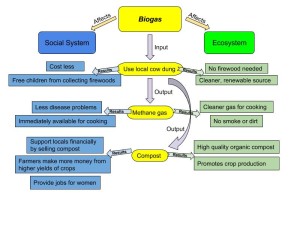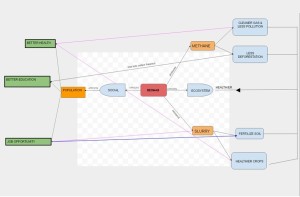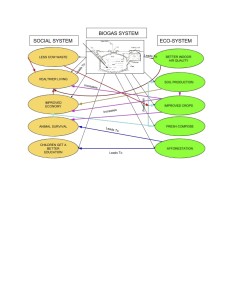I live in North Hollywood, CA. It is part of Los Angeles County and the massive urban sprawl that surrounds the smaller downtown area. The whole of los angeles is automobile centered. 18.5 million people live in Los Angeles, CA and 130,000 of those citizens live in my neighborhood of North Hollywood. Massive highways surround the specific community that I live in. I am within 5 minutes of 5 major highways. The community I live in also has access to a subway line, busses, and walking paths, but it is no small fact that automobiles rule the urban design landscape. North Hollywood is an artists community. There are acting studios, dance studios, an arts and design school, and many eclectic and eccentric businesses along the main street. I love my community, but the urban landscape leaves a lot to be desired aesthetically.
Copenhagen’s Bicycle culture is an incredibly inspiring program to me. The way they have crafted their streets to give cycle’s the priority in transportation, and made bike travel more convenient and safer for the citizens in their community. Where I live in North Hollywood, there are bike lanes on all of the streets. However, it is often seen as unsafe to be on the road because diving culture is so crazy. I just recently purchased a bicycle for local travel, but it is scary to be on the main roads because drivers are known to change lanes and make severe turns. Many cyclists ride on the sidewalk and in crosswalks to compensate, but then this causes trouble for pedestrians. I would love to see my community embrace bicycle traffic and make local commutes a safer and more efficient practice.
I also took particular inspiration from Michigan’s urban farming. I think the benefits of a community that embraces fresh produce and in turn helps clean up the surrounding urban landscape is the ultimate in urban renewal. In my community of North Hollywood we have large areas of unused land that sit under giant power lines. North Hollywood was a farming community in the 1940’s, but with the massive auto culture and urban sprawl, it got taken over by urban design. I would love to see my community turn these unused and “dirty” areas that are surrounded by chain link fences and trash, and turn them into sprawling farm and that is in turn sold at fair prices to the community. The thought of a grown local farmers market could bring a sense of community and pride as well.







